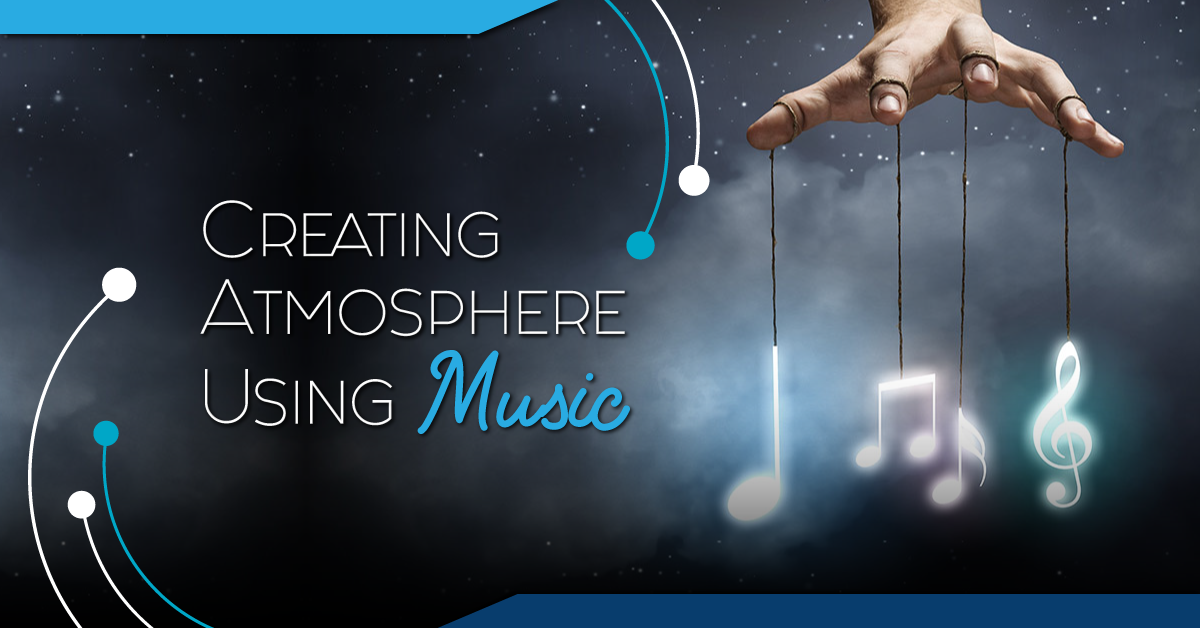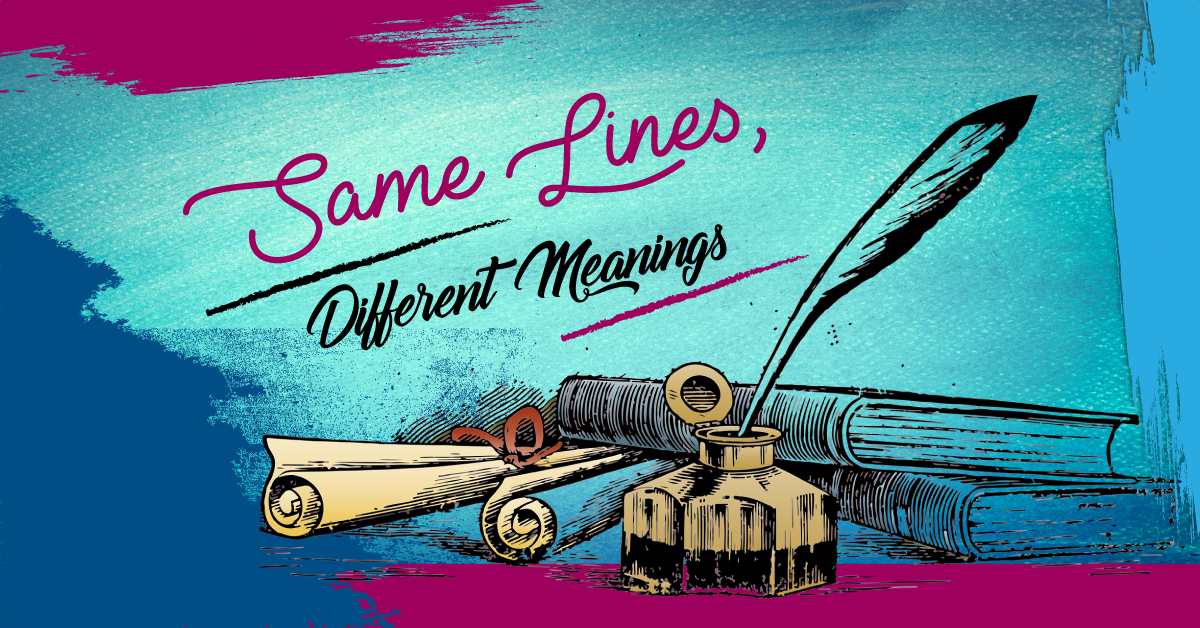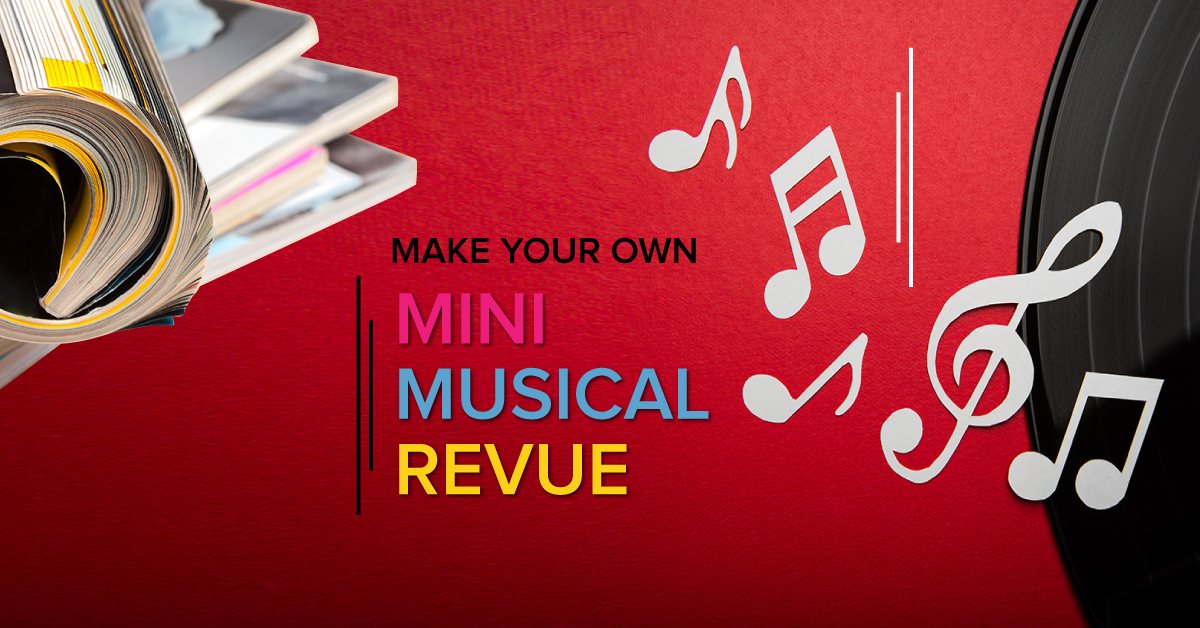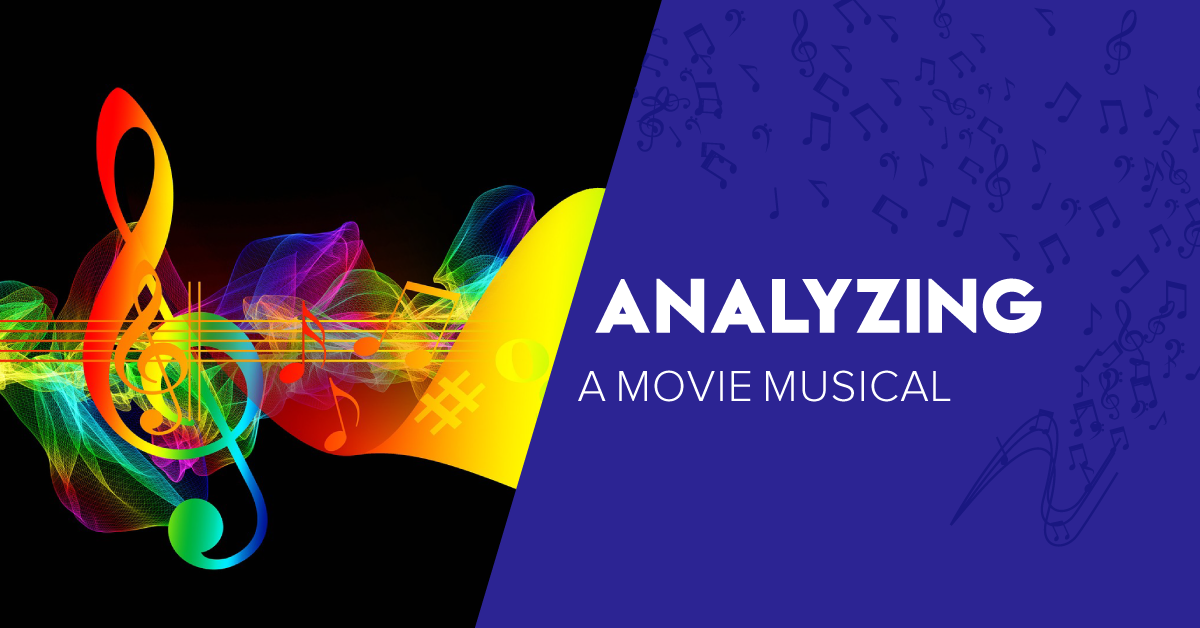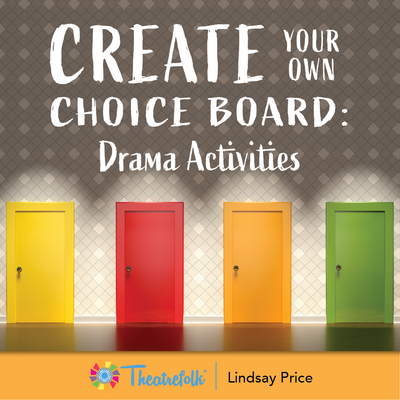Creating Atmosphere Using Music
When creating a theatrical piece, it’s important to engage as many of the five senses as possible, including sound. It’s easy when you’re working on a musical; the sounds of the show are written right into the libretto. However, when working on a play, this may be more challenging. Choosing just the right music can evoke immediate feelings of a certain era: think of the big band sounds of the 1920s and 1930s, the swinging sounds of the 1960s, or the synth-pop bubblegum sounds of the 1980s. Similarly, an eerie, dark pipe organ playing in a minor key can put an audience in mind of a haunted house, while medieval harps and flutes immediately bring to mind pastoral fairy tale imagery.
For this exercise, students will create a playlist of songs/musical pieces that would be appropriate for a selected play (not a musical). Students may select their own play, or the teacher may assign a specific play to the entire class.
The playlist must include:
- One song for pre-show music (while audience is entering the theatre and taking their seats).
- Songs for three important scene changes within the show.
- Songs for three important/significant moments within the show (for example, a dance, a death, a moment when two characters meet for the first time, etc.).
- One song for intermission music.
- One song to use during bows.
- One song for post-show music (while audience is exiting the theatre).
- TOTAL: 10 songs
The songs may include vocals or may be instrumental pieces. Students will either burn the songs to a CD or USB drive, or create a playlist on an approved app (such as Spotify, YouTube, or Apple Music).
Students will also submit a written component, which will include the following:
- A written list of the ten songs, including title of song, artist, and album.
- For the scene changes, students will identify which scene change they selected a piece for, and why they selected that particular scene change. For example, they could choose a scene change where the setting of the play changes location, or one that foreshadows an event to come.
- For the significant moments, students will identify which moment they selected a piece for, and why they selected that particular moment.
- For all songs selected, students will indicate WHY they selected that particular piece. Examples may include evoking a certain time period, mood, or theme; significant lyrics in the song; creating a contrasting feel from the previous moment; and so on.
- Students will also complete a final reflection, describing the overall mood/feeling that they are going for with their song choices.
Distance Learning Adaptation
This exercise can be completed individually by students as written, as an independent study project. Students will select songs to create their own 10-track playlist for an assigned play. They should create the playlist on an approved app, such as Spotify, Apple Music, or YouTube. Students will also complete the written component, and submit it electronically along with the link to their playlist.
Alternatively, you can do this assignment as a full class project.
1. For the play your class is currently studying, act as director and decide the time period / atmosphere / mood of the piece that you would like for the play.
2. Each student will select one song or instrumental piece of music that they feel evokes the atmosphere you have chosen. Students should consider different aspects such as the tone, musical style, and mood of the song, lyrical content, and the time period of the song (either when it was actually written or the style it sounds like).
3. Along with the title and artist or composer of the song (as applicable), students will find and submit a link to the song (such as on Spotify, Apple Music, or YouTube).
4. As well, students will submit a written paragraph describing why they feel this song is appropriate for the atmosphere of the play. Students can reference a certain character, scene, line, moment, etc.
5. Create a playlist with all the songs selected by the students. Send students the link to the playlist for them to listen to. Do not include a list of what song each student submitted – keep it anonymous.
6. Students will listen to the playlist and submit a written response to the following questions:
- In your opinion, which three songs were the most appropriate for the mood/atmosphere of the play? Why?
- In your opinion, which three songs did not match the atmosphere of the play? Why not?
- What was your favourite song on the playlist, other than the one you selected? Why did you like it?
- What a was a song that you had never heard of before, that you discovered on the playlist? What was your reaction to it?
Related Articles
Create Your Own Choice Board: Drama Activities
by Lindsay Price
Choice boards give students the opportunity to choose how they want to learn a particular subject. Create Your Own Choice Boards: Drama Activities can help encourage your students' independence by allowing them to take an active role in their learning.
Distance Learning
by Christian Kiley
A play about trying to survive and thrive in a virtual classroom.
